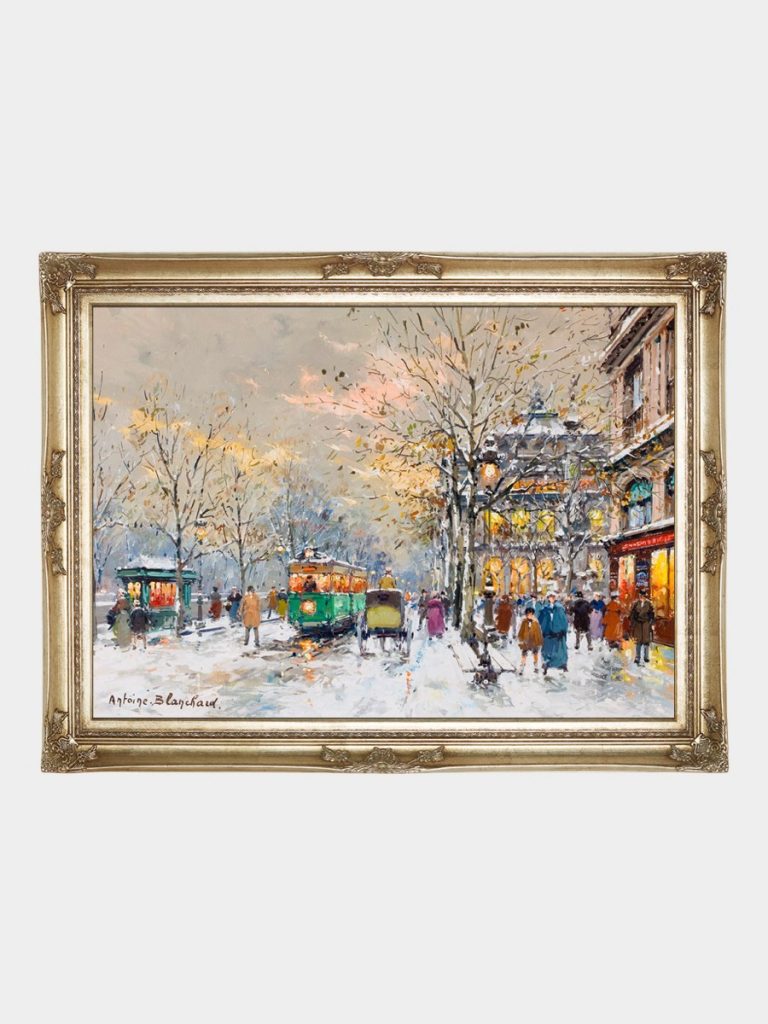The Transformative Role of Painting En Plein Air in Hand-Painted Oil Art Education
Painting directly from life, or en plein air, is a cornerstone of traditional oil art training. This practice challenges artists to translate three-dimensional scenes into two-dimensional compositions while navigating real-world variables like light, atmosphere, and movement. For learners, integrating outdoor painting into their routine offers unique advantages that studio work alone cannot replicate. Below, we explore how this approach enhances technical skill, observational ability, and creative growth.
Developing Real-Time Observation and Adaptation Skills
Painting outdoors forces artists to engage with their subjects dynamically. Unlike studio setups where lighting and angles are controlled, natural environments shift constantly—clouds alter light quality, shadows stretch, and colors change with the time of day. This variability demands acute observation and quick decision-making. For instance, capturing the fleeting glow of sunlight on water requires recognizing subtle tonal shifts and applying paint swiftly before the moment passes.
Working under these conditions also trains artists to prioritize essential elements. A landscape painter might focus on the interplay of light and dark masses rather than intricate details, learning to simplify complex scenes into cohesive compositions. This skill translates to studio work, where artists can approach references with greater efficiency and intention.
Mastering Light and Color in Natural Contexts
Light behaves differently outdoors than under artificial studio lights. Natural sunlight reveals a broader spectrum of colors, from the vibrant yellows of midday to the cool blues of twilight. Painting en plein air teaches artists to perceive and replicate these nuances, avoiding flat or artificial-looking hues. For example, a green meadow might contain traces of red, yellow, or blue depending on the time of day and surrounding elements—a insight impossible to gain from memory or photos alone.
Color temperature also becomes more apparent in natural settings. Warm sunlight casts golden tones on objects, while cool shadows introduce complementary colors like violet or blue. Artists learn to mix pigments to reflect these relationships, creating harmonious palettes that evoke atmosphere and depth. This understanding of color theory in context is invaluable for both outdoor and studio paintings.
Enhancing Composition Through Spatial Awareness
Framing a scene outdoors requires artists to analyze spatial relationships actively. Unlike a static studio reference, a landscape or cityscape offers endless vantage points, each altering the composition’s balance and impact. Painters must decide which elements to include or exclude, how to lead the viewer’s eye through the piece, and where to place the focal point. For instance, positioning a tree slightly off-center might create a more engaging dynamic than centering it.
This process also sharpens an artist’s sense of scale and proportion. Distances between objects, the size of foreground elements relative to background ones, and the curvature of the horizon all influence the painting’s realism. By practicing these judgments repeatedly, artists internalize principles of perspective and layout, applying them instinctively in future works.
Cultivating Patience and Problem-Solving Abilities
Outdoor painting presents unpredictable challenges, from sudden weather changes to insect interruptions. These obstacles encourage resourcefulness and resilience. A painter might need to adjust their palette to account for overcast skies or modify their brushwork to capture wind-blown foliage. Learning to adapt under pressure fosters creativity, as artists experiment with techniques to overcome limitations.
Patience is another critical skill honed through en plein air work. Waiting for the ideal light conditions or meticulously layering glazes to depict atmospheric haze teaches delayed gratification. This mindset carries over into studio projects, where complex pieces often require sustained focus over extended periods.
Deepening Emotional Connection to Subject Matter
Painting a scene firsthand creates a visceral bond between artist and subject. The smell of rain on soil, the sound of waves crashing, or the warmth of sunlight on skin becomes intertwined with the creative process. This sensory immersion infuses the artwork with authenticity, as the artist conveys not just visual details but the mood and energy of the moment.
Emotional engagement also drives innovation. Artists inspired by their surroundings are more likely to take risks, whether experimenting with bold brushstrokes or unconventional color choices. This freedom leads to distinctive styles and personal expression, setting their work apart from purely technical reproductions.
Bridging Studio Techniques with On-Location Experience
While en plein air painting offers unmatched realism, it also complements studio practice by providing raw material for larger, more polished pieces. Many artists create small outdoor studies as references for detailed studio works, using them to recall color relationships or compositional ideas. This hybrid approach allows for both spontaneity and refinement, balancing the immediacy of on-location painting with the control of studio conditions.
Additionally, outdoor sketches serve as valuable learning tools. Reviewing past studies reveals growth in skill and style, highlighting areas for improvement. They also act as a library of inspiration, offering ideas for future projects or thematic explorations.
By embracing the challenges and rewards of painting en plein air, artists build a robust foundation in oil art. This practice sharpens technical abilities, fosters creative independence, and deepens the connection between observer and environment—all essential elements of masterful hand-painted work.
